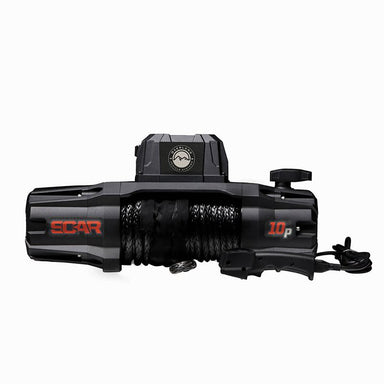
Bogged Down? No Problem with the Overland Vehicle Systems S.C.A.R. Winch Series! Every off-road enthusiast knows the thrill of treading into un...
View full detailsSetting off on a journey through the great outdoors or tackling rugged terrain off the beaten track offers both excitement and unpredictability. The importance of having dependable recovery gear and knowing how to use it safely remains a constant.
Whether it's maneuvering through mud, sand, or snow, the right equipment can turn a potential setback into a memorable part of your adventure. Choosing the right recovery tools for your journey is crucial. This guide assists you in equipping yourself with the essential gear, ensuring you're well-prepared for any challenges you may encounter on the trail.
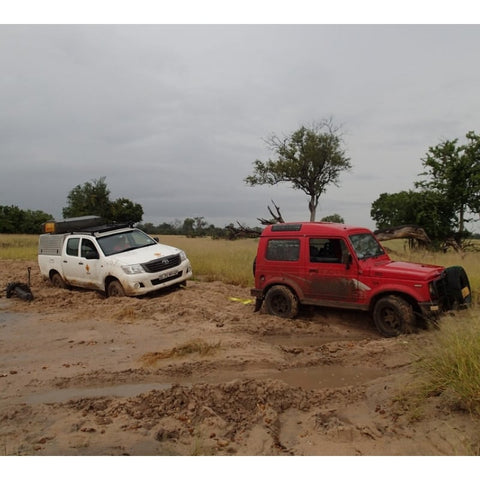
Ensure that the recovery gear is compatible with your vehicle's make, model, and specifications. Especially your vehicle’s weight is important.
Consider the mounting options for your equipment, such as winch mounts, recovery points, traction boards, and anchor systems.
Select the type of recovery equipment based on the terrain you'll be tackling. Winches, recovery straps, and recovery boards are essential for different scenarios.
Consider the functionality of each tool, such as the pulling capacity of a winch, the rated capacity of the recovery straps and shackles, or the maximum air pressure and output of your onboard compressor.
Opt for high-quality materials that can withstand harsh conditions and repeated use. You often get what you pay for!
Look for features like clear product rating, waterproofing, corrosion resistance, and UV protection to ensure longevity.
Take a verified recovery course, and learn how to use your equipment and safely recover your vehicle.
Choose equipment that is user-friendly and can be deployed quickly in emergencies.
Prioritize safety features, such as recovery dampers for winch rope or cables, and remote controls for winches, to maintain a safe distance during recovery operations.
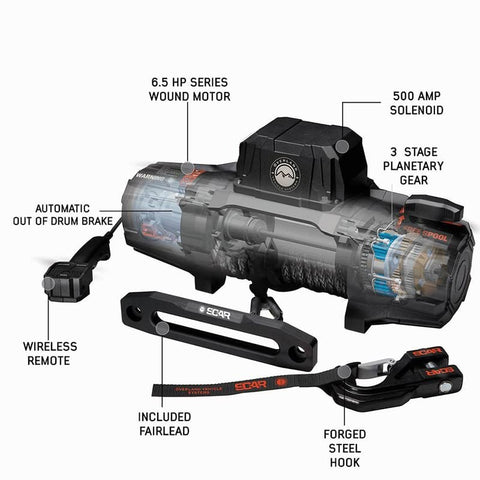
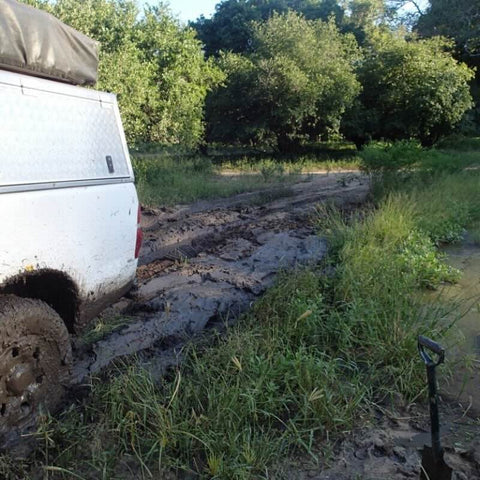
Proper training and correct use of recovery equipment are paramount for safety. Recovering vehicles can be dangerous if not done correctly. Especially winches, Hi-Lift jacks, and dynamic high-energy recovery operations with snatch straps are the reason for many injuries or fatal accidents each year.
These are dangerous tools if not used correctly, so learn how to use them before your journey begins. Take a verified recovery course, familiarize yourself with the operation of each tool, and practice in a controlled environment before heading out on your adventure.
Always follow the manufacturer's guidelines and ensure that all bystanders are at a safe distance during recovery operations.

 Save $0.00
Save $0.00
Bogged Down? No Problem with the Overland Vehicle Systems S.C.A.R. Winch Series! Every off-road enthusiast knows the thrill of treading into un...
View full details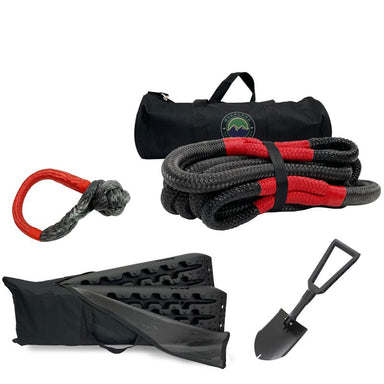 Save $0.00
Save $0.00
Power and Precision With The OVS Ultimate Off-Road Recovery Package There's something undeniably electric about venturing into the wild unknown...
View full details Save $0.00
Save $0.00
Gunmetal grey type III hard anodized CNC machined for ultimate precision Allows receiver to be used as a recovery tow point. Includes a CBI 5/8″ hi...
View full details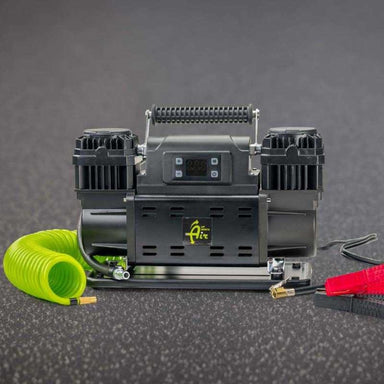 Save $0.00
Save $0.00
Overland Vehicle Systems EGOI Portable Air Compressor System With Control Panel The Overland Vehicle Systems' EGOI Portable Air Compressor Syst...
View full details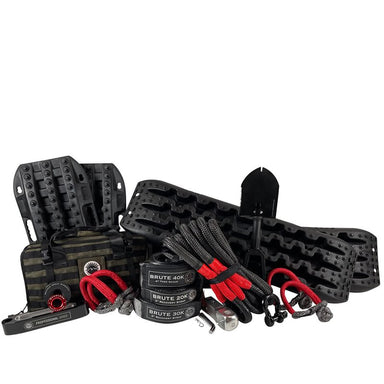 Save $0.00
Save $0.00
Discover the Ultimate Recovery Package Combo Kit with Overland Vehicle Systems (OVS) When you’re out on the rugged terrains, pushing the bounda...
View full details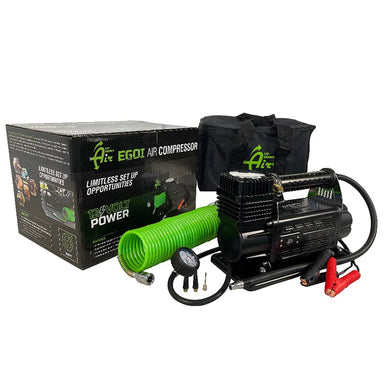 Save $32.50
Save $32.50
Introducing the OVS EGOI High-Performance Air Compressor System – Your Ticket to Uninterrupted Adventures! Are you tired of worrying about your...
View full details




